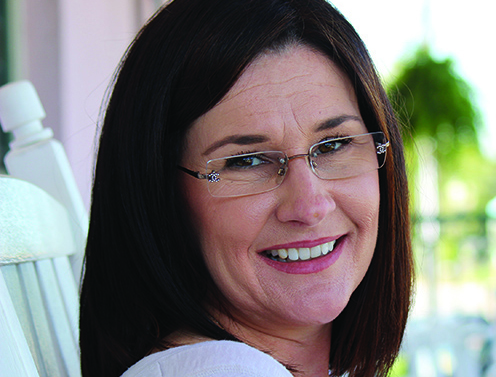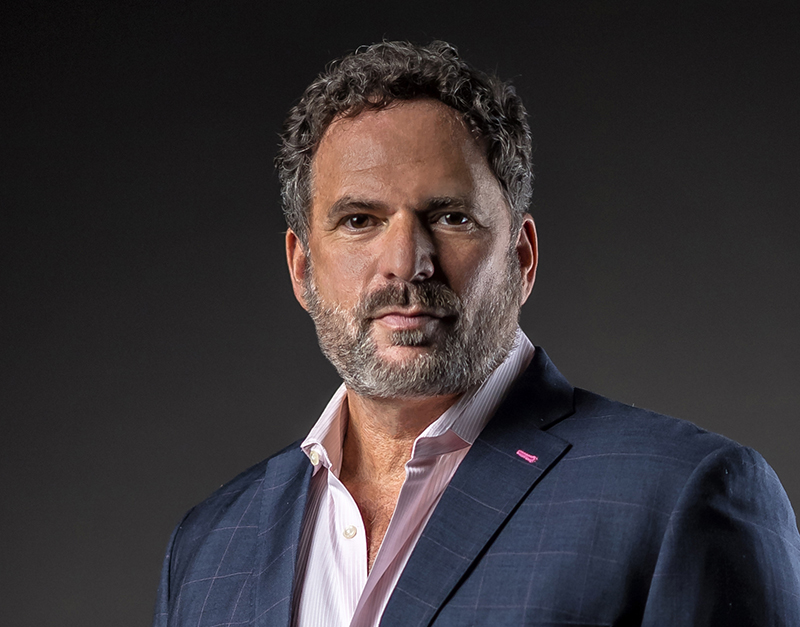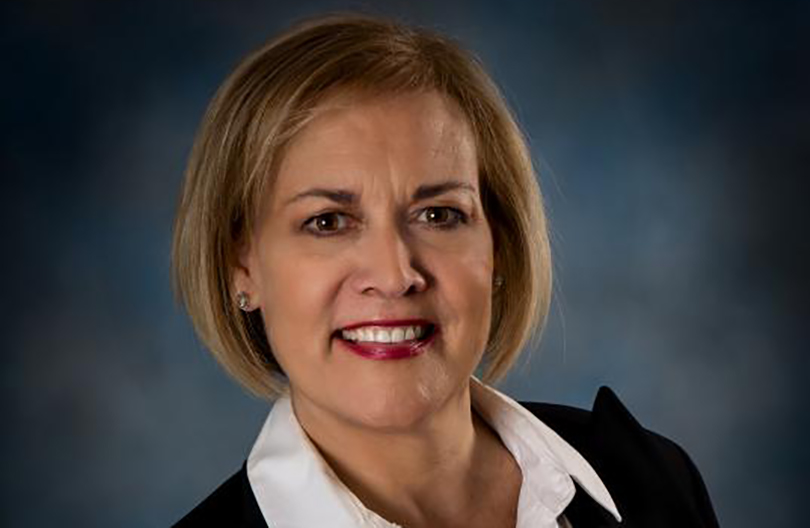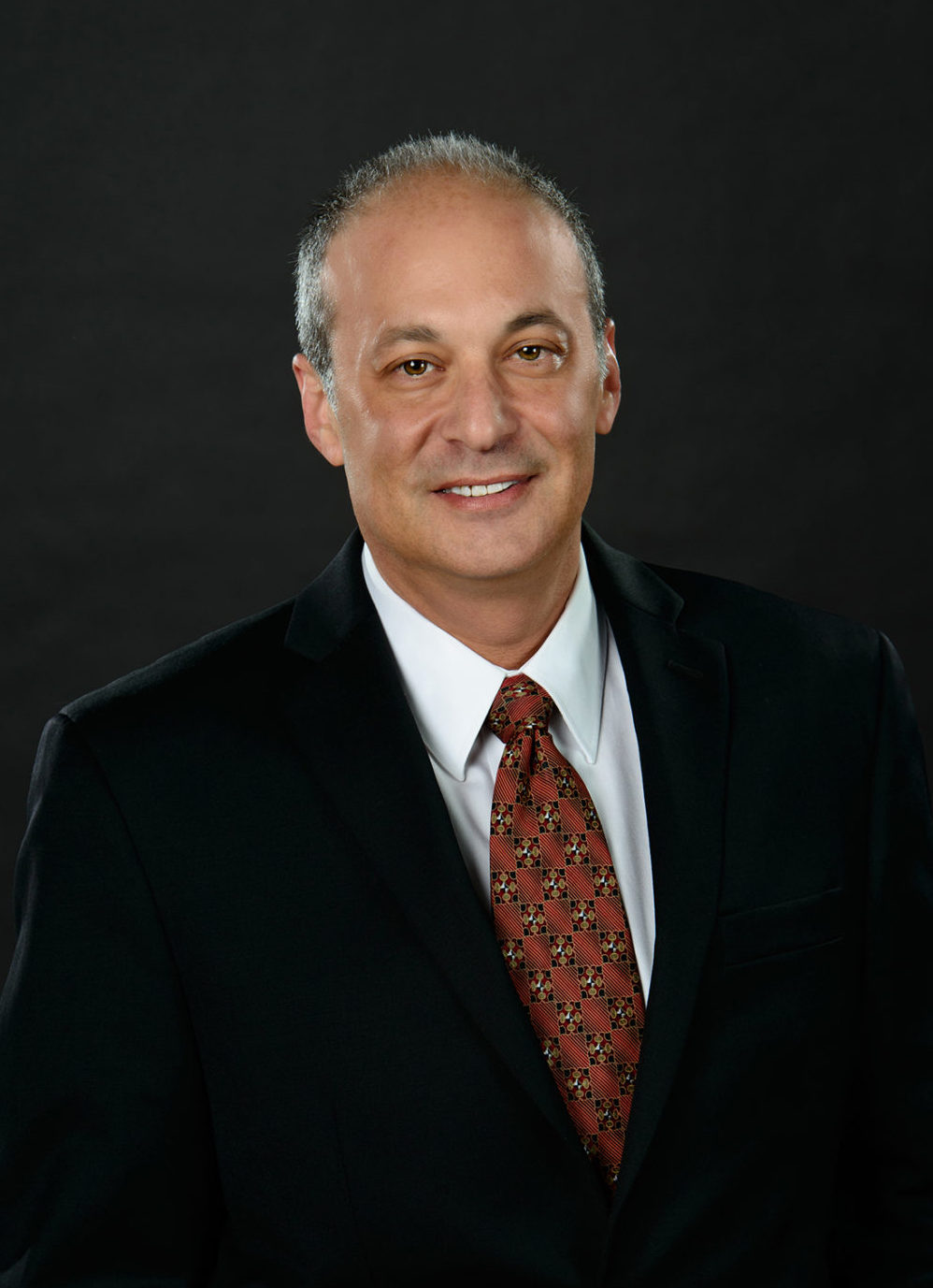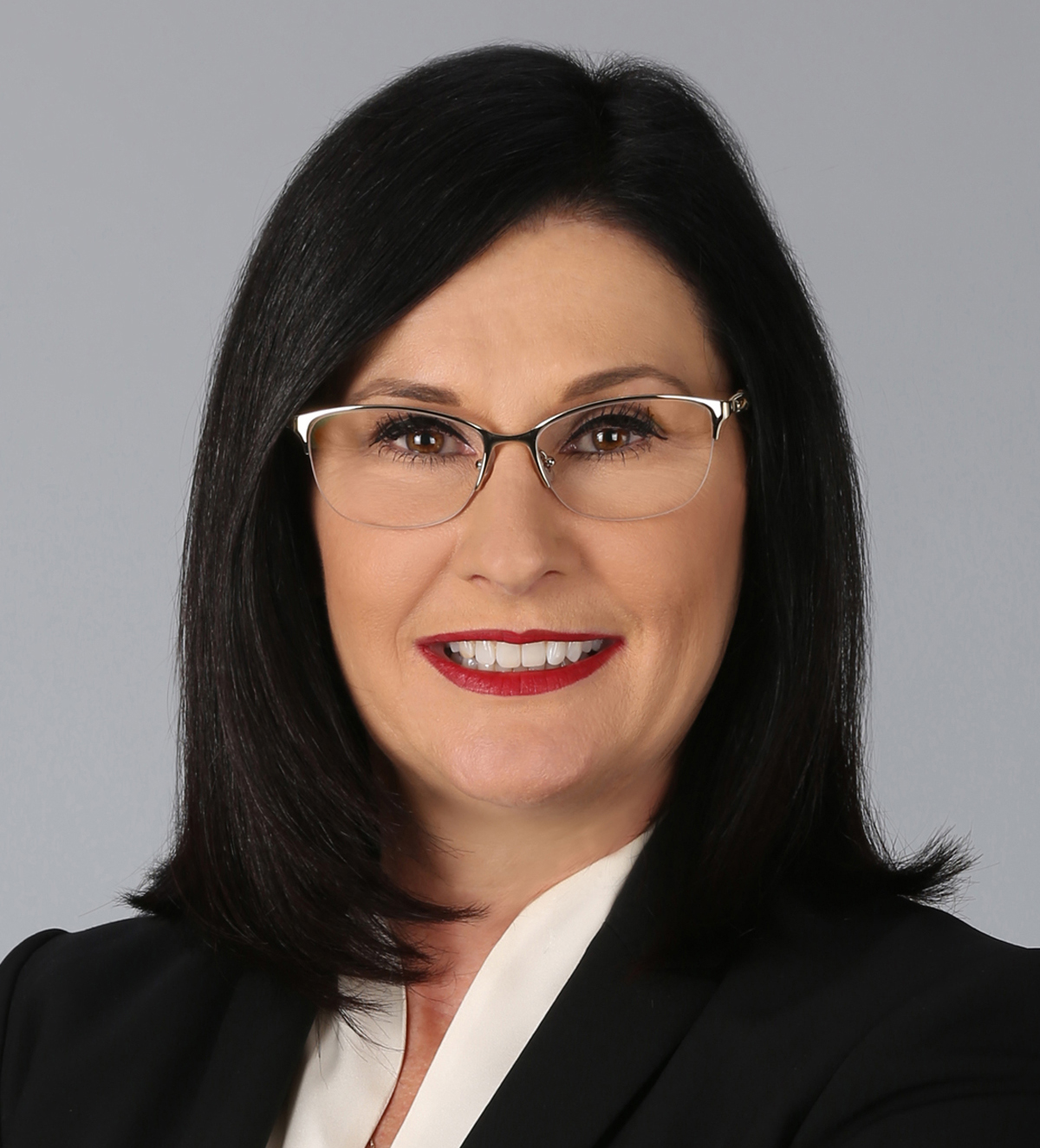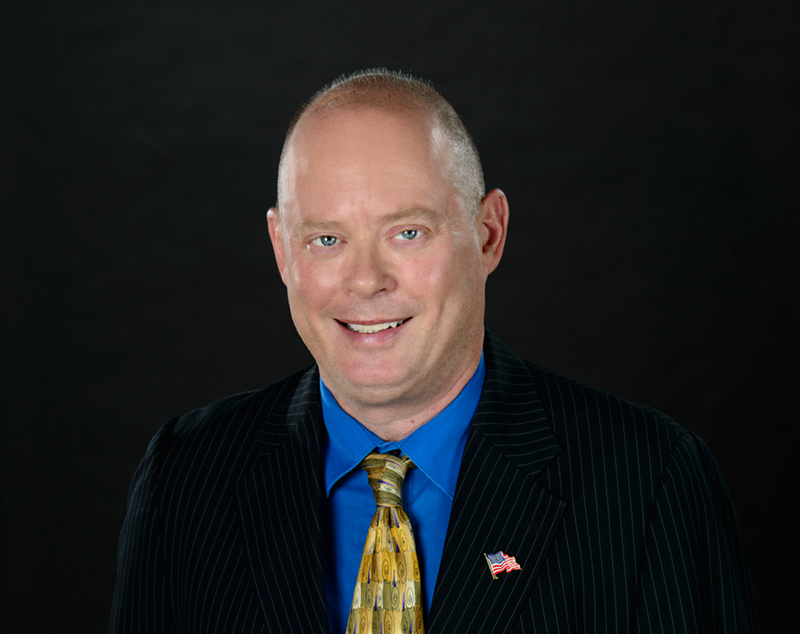[vc_row css_animation=”” row_type=”row” use_row_as_full_screen_section=”no” type=”full_width” angled_section=”no” text_align=”left” background_image_as_pattern=”without_pattern”][vc_column width=”2/3″][vc_column_text]
In commercial real estate, the 2017 Tax Cuts and Jobs Act is the gift that keeps on giving.
The so-called “opportunity zones,” which the Internal Revenue Service defines as economically distressed areas that are eligible for preferential tax treatment, are the latest baubles that are now kicking off a new wave of investor cheer.
“It is a hot buzzword right now, and people are calling looking for properties, specifically in opportunity zones,” says Doug Mandel, senior managing director of Marcus & Millichap, a commercial real estate investment sales firm. “It is a great tax shelter.”
The tempting tax incentive allows capital gain profits to be rolled into opportunity funds and deployed into any of the 8,767 newly designated opportunity zones nationwide.
Opportunity zones are designated as such by states, based on wage data. Florida has 427 of them. And many are in up-and-coming areas, including large swaths near the Brightline stations in Fort Lauderdale and Miami.
Experts are still working through how the new regulations will be practically applied, but generally it works like this:
Say you sell stocks, bonds, real estate, a business or any asset that generates capital gains, you can place that profit tax deferred into a qualified opportunity fund within 180 days. Funds can be large ones run by investment firms, or small ones can be created by as few as two partners. That capital gain income then needs to be deployed with certain additional capital improvement thresholds into an opportunity zone investment to qualify for the tax breaks. If you leave that tax-deferred income in your opportunity zone investment for five years, you can shield 10 percent of it from capital gains. If you leave it invested for seven years, you shield 15 percent. If you leave it in there for 10 years, you shield the 15 percent plus any appreciation in value you derived from your opportunity zone investment.
“That is the home-run benefit of opportunity zones,” says Bruce Booken, a shareholder and tax expert at Buchanan Ingersoll & Rooney in Fort Lauderdale. The statute still requires payment of capital gains on any unshielded portion of your original deferred earnings no later than Dec. 31, 2026.
The new tax incentive is likely to entice to commercial real estate investors and developers because they don’t broadly dictate what you can invest in (with some limited exclusions for liquor stores, massage parlors and other types of businesses that usually enhance communities). Beyond such so-called “sin investments,” Booken says, “there is really no specific requirement as to the nature of the project. It can be market-driven.”
Unlike the limited structure of a 1031 exchange — which spared real estate sales from the recent culling of most like-kind exchange shelters — opportunity zones are broader and more flexible and even extend to acquisition of an operating business, experts say.
On the surface, the incentive program does appear to require improvements equal to the sheltered capital gains plus $1 to be made to the opportunity zone asset within 31 months, which might not be ideal for heavy-lifting, major-development projects until further government clarifications are released.
“It is a little too soon to tell, but definitely there is a lot of interest and curiosity,” says Ryan Nee, regional manager of Marcus & Millichap’s Fort Lauderdale office. “I think opportunity zones will be a long-term net positive as opposed to a short-term economic gain.”↵
Freelance writer Darcie Lunsford is a former real estate editor of the South Florida Business Journal. She is the senior VP for leasing at Butters Group and is avoiding a conflict of interest in her column by not covering her own deals.
[/vc_column_text][/vc_column][vc_column width=”1/3″][vc_gallery interval=”0″ images=”28380,28381″ img_size=”full”][/vc_column][/vc_row]



